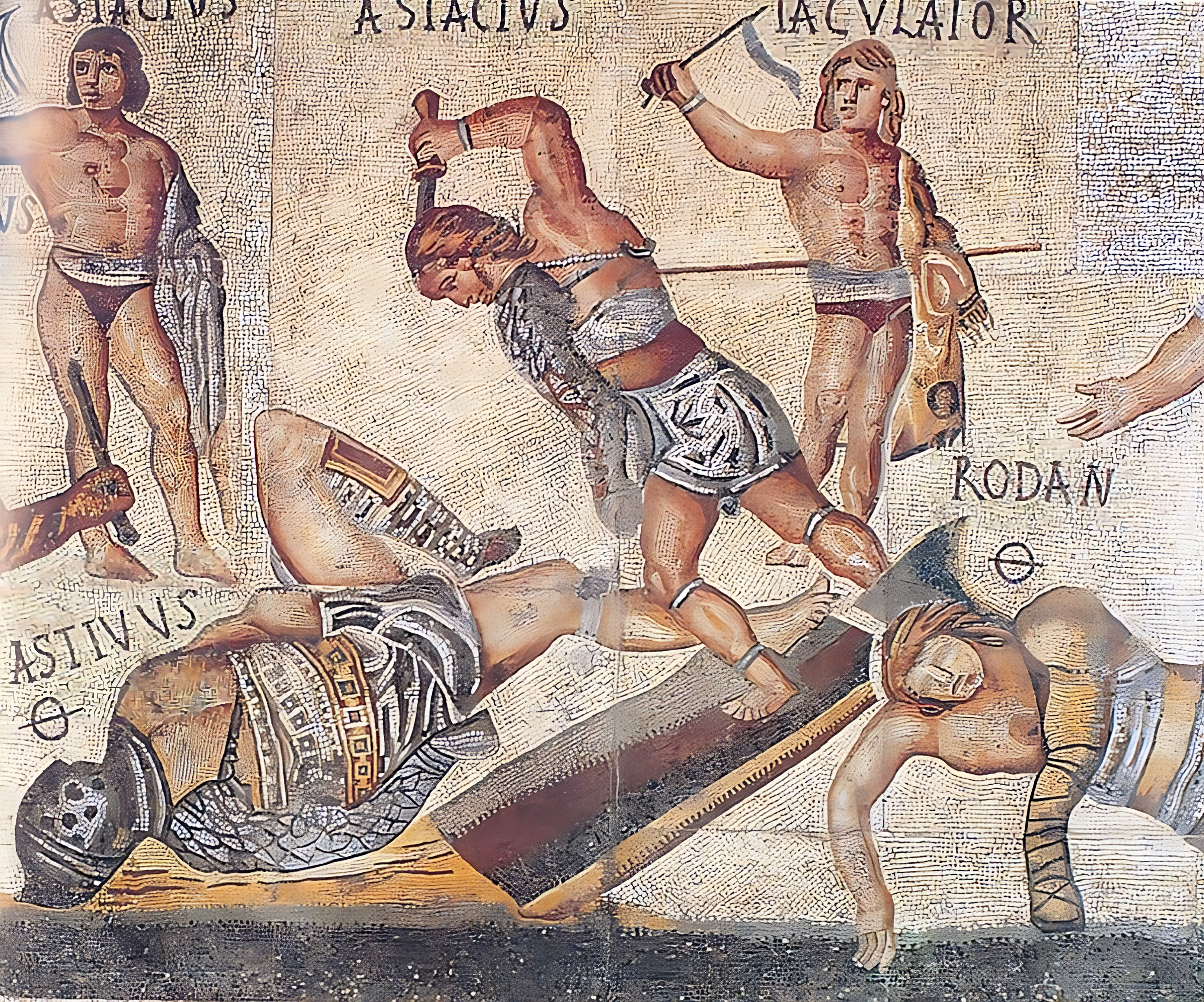Theta infelix on:
[Wikipedia]
[Google]
[Amazon]
 The ''theta nigrum'' () or ''theta infelix'' () is a symbol of death in Greek and Latin
The ''theta nigrum'' () or ''theta infelix'' () is a symbol of death in Greek and Latin
 The ''theta nigrum'' () or ''theta infelix'' () is a symbol of death in Greek and Latin
The ''theta nigrum'' () or ''theta infelix'' () is a symbol of death in Greek and Latin epigraphy
Epigraphy () is the study of inscriptions, or epigraphs, as writing; it is the science of identifying graphemes, clarifying their meanings, classifying their uses according to dates and cultural contexts, and drawing conclusions about the wr ...
. Isidore of Seville
Isidore of Seville (; 4 April 636) was a Spania, Hispano-Roman scholar, theologian and Roman Catholic Archdiocese of Seville, archbishop of Seville. He is widely regarded, in the words of the 19th-century historian Charles Forbes René de Montal ...
notes the letter was appended after the name of a deceased soldier and finds of papyri
Papyrus ( ) is a material similar to thick paper that was used in ancient times as a writing surface. It was made from the pith of the papyrus plant, ''Cyperus papyrus'', a wetland sedge. ''Papyrus'' (plural: ''papyri'' or ''papyruses'') can ...
containing military records have confirmed this use. Additionally it can be seen in the Gladiator Mosaic.
The term ''theta nigrum'' was coined by Theodor Mommsen
Christian Matthias Theodor Mommsen (; ; 30 November 1817 – 1 November 1903) was a German classical scholar, historian, jurist, journalist, politician and archaeologist. He is widely regarded as one of the greatest classicists of the 19th ce ...
. It consists of a circle with a horizontal line. The ''theta'' signified Thanatos
In Greek mythology, Thanatos (; , ''Thánatos'', pronounced in "Death", from θνῄσκω ''thnēskō'' "(I) die, am dying") was the Personifications of death, personification of death. He was a minor figure in Greek mythology, often referre ...
, the Greek deity of death.
See also
*References
External links
* Cultural aspects of death Symbols Epigraphy Greek letters {{death-stub